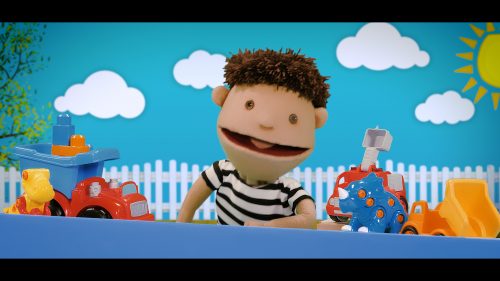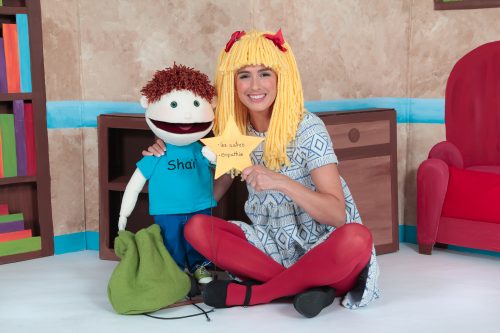This project is the result of considerable collaboration between the Centre de services scolaire des Rives-du-Saguenay, the Centre de transfert pour la réussite éducative du Québec, the First Nations Education Council, the Centres Mamik du Saguenay et du Lac-Saint-Jean, the First Nations of Quebec and Labrador Health and Social Services Commission, the Atikamekw Nation Council, the Marie-Vincent Foundation, the Tshakapesh Institute, the Regroupement des centres d’amitié autochtones du Québec, the Université de Sherbrooke, and l’Université du Québec à Chicoutimi – Centre des Premières Nations Nikanite. The project was completed under the direction of Patricia-Anne Blanchet, consultant in Native education, Université de Sherbrooke, and Stéphanie Guay, social worker, Projet Autochtonisation, Centre de services scolaire des Rives-du-Saguenay.
This tool offers a series of culturally meaningful pictograms developed in response to a need identified by Projet Petapan, based at the Quatre-Vents School of the Centre de services scolaire des Rives-du-Saguenay. More specifically, it emerges from social worker Stéphanie Guay’s desire to adequately support a First Nations student with specific needs. Given the lack of educational resources and the need to access meaningful visual representations, this tool was developed to support First Nations students in a culturally sensitive and relevant manner during their learning.
A HIGHLY CONCERTED PROJECT
It must be noted that First Nations students who attend elementary and secondary schools face many systemic barriers, as well as cultural insecurities. Following Quebec’s decolonization and indigenization processes, this project seeks to support Indigenous students’ welcoming, inclusion, perseverance, and educational success.
The Culturally Meaningful Pictograms for First Nations Children guide results from a broad, reciprocity-based collaboration between all partner organizations. Once the project’s ideas and concepts were in place, representatives were appointed to sub-committees as educational and cultural experts. Each member took on different roles within the project, from ideation to distribution. All content-related decisions were taken in a consensual and concerted manner. The choice of pictograms was decided through discussions between the various participating organizations and according to the specified needs. A significant contributor, renowned Abenaki-Wendat multidisciplinary artist Christine Sioui Wawanoloath illustrated all pictograms.
This initiative is part of the Truth and Reconciliation movement by including Indigenous perspectives in all educational and social services. It is in response to the calls for action recommended by the Commissions of Inquiry on the rights of Indigenous Peoples (TRC, 2015; PIRP, 2019).
The guide is an innovative, free, openly accessible resource that will be shared within the various partners’ networks.
To download, click here: Culturally Meaningful Pictograms for First Peoples Children
https://fondationjasminroy.com/wp-content/uploads/2024/03/29.Peur_.jpg











